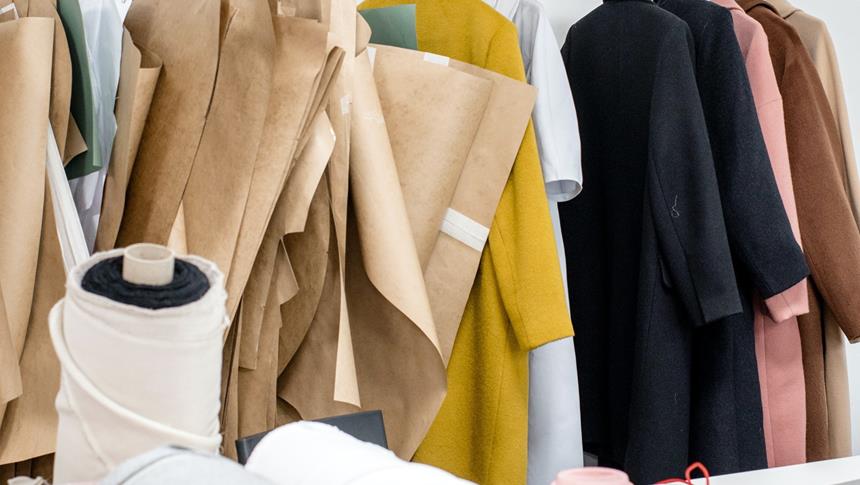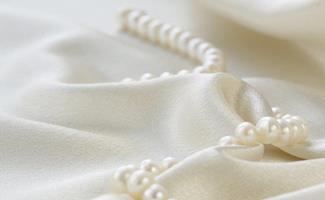Advocates of sustainability are often at loggerheads with the fashion industry. While activists as young as Greta Thunberg are clamouring for sustainable changes across different domains, the fashion industry has been relatively slow to catch up.
The fashion industry thrives on offering us the newest trends, things we haven’t seen or used before. This dynamic nature could be the very reason that the industry has become one of the most polluting in the world. For example, a recent Ellen MacArthur Foundation report has revealed that the global textile industry releases more greenhouse emissions than the international logistics and aviation industry combined.
It would be a good idea to delve into the definition of sustainable fashion before taking stock of the present situation.
So, what is ‘sustainable fashion’?
Fashion sustainability ensures that the manufactured clothes and fabrics don’t leave any undesirable environmental effect. It considers how the materials were sourced, its impact on indigenous communities and animals, and whether they can be recycled.
Sustainable fashion isn’t only good for the environment, it makes economic sense too. Recycling and upcycling can mean millions of dollars in savings for fashion brands by reducing water usage or increasing the lifecycles of reusable fabrics.
The silver lining
Although there’s a lot to be done, there have been significant sustainability efforts in the fashion industry at a global level.
One of the most significant steps in this direction is the Fashion Industry Charter for Climate Action. Signed by more than 100 global companies, including Levi’s, Nike and H&M, the agreement is committed to reducing the net greenhouse emissions by the global fashion industry to zero.
The Global Fashion Agenda is another step in the right direction. It is a leadership forum created by big players in fashion to help take the industry towards sustainability. Some of the goals in the plan include increasing the volume of used footwear and garments, and the implementation of better upcycling strategies.
If you want to learn more about the sustainability trend in the fashion industry, a BA (Hons) Fashion could be the perfect programme for you. You’ll be exposed to the cultural, environmental and sustainable trends that dominate the current fashion world.
The fashion design degree also gives you a wide range of transferable skills and relevant industry expertise for becoming a desired candidate for diverse roles in the industry. The fashion management degree is delivered in partnership with the University for the Creative Arts.
Brands championing the sustainability drive
The good news is there are an increasing number of fashion brands that are recognising the significance of ecological sustainability in their operations. They are adapting their business models wherever they can to get on board the sustainability drive.
Here are a few notable examples in the UK and the rest of the world.
Sourcing sustainability from the grassroots: People Tree
The People Tree is a reputed garment brand in the UK that has been championing the cause of ethical fashion for the last 26 years. Their brand promise is “sustainable and fair trade fashion”.
People Tree contributes to sustainability in fashion design in London and the UK by engaging with grassroots communities and purchasing the bulk of the raw materials from them. This way, the brand ensures that their raw materials are sourced sustainably, and indigenous communities benefit from it.
Recycling fashion: Ksenia Schnaider
Ksenia Schnaider is a high-profile denim brand in the UK and Europe which is leading the sustainability drive by recycling used denim. The brand creates a popular street style fashion from used denim sourced from flea markets.
While ‘recycling’ the fabric may yield a slightly dull appearance, the edgy designs and stylish fittings make it popular among many A-list celebrities.
Reducing waste: H&M
H&M is on the forefront of global fashion sustainability with its conscious ecological initiatives. The brand is committed to reducing garment wastage and has launched a worldwide garment collection initiative. The initiative allows customers to bring in their unwanted clothes and exchange them for discount vouchers.
H&M has also launched new collections made of sustainably sourced organic cotton and other recycled fabrics.
What does the future look like?
The current trends suggest a promising future for ecologically conscious brands. An increased global awareness for sustainable fashion and a rising trend of pre-owned clothing sales is expected.
Many brands are also investing in developing new fibres and fabrics that take less environmental resources to be manufactured. Hence, innovations in fashion fabrics and manufacturing methods are not unlikely.
They say it takes a village to save a river. While it might be encouraging to see companies do their bit, you can also contribute to making fashion more sustainable.
Recycle your old clothes, opt for brands that are environmentally conscious and buy pre-owned clothes wherever possible. This way, you can do your bit for ecological conservation without sacrificing your love for fashion.


 Top Instagram accounts that fashion and textile design fans should follow
Top Instagram accounts that fashion and textile design fans should follow  Is the fashion industry becoming more inclusive in 2022?
Is the fashion industry becoming more inclusive in 2022?  Experiential Retail is the Future of Fashion
Experiential Retail is the Future of Fashion  Why are environmentalists so concerned about fast fashion?
Why are environmentalists so concerned about fast fashion?  What is luxury brand management? How can you start a career in it?
What is luxury brand management? How can you start a career in it?